The Stay-at-Home Office

How we can carve out a productive work spot in any home
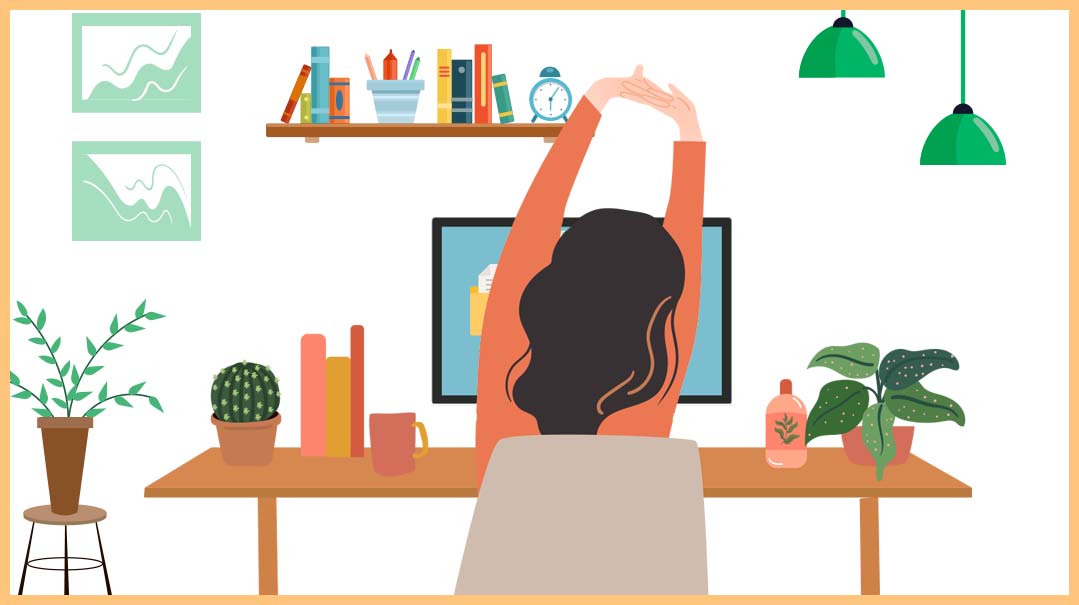
Gone are the days where important papers are scattered all over the dining room table, and breakfast bowls are pushed aside to make way for your laptop. Since the outbreak of Covid, the home office has definitely earned its status as an indispensable room in our homes. But what if you don’t have a spot to spare? Let’s see how we can make the home office a reality in your home, too.
Step 1: Define Your Needs
Just because you have an available spot in the basement, or a large dining room table, doesn’t make it the ideal place to do your work. Before you choose a location, start by making a list of all of your needs. Ask yourself the following questions:
How large a work space do you need?
Will you have clients coming into your office? Do you want the rest of your home in their line of vision?
Do you need space for samples, forms, reference books, or products?
Do you need storage space for tools, therapy aids, or other supplies?
Do you need quiet or do you like working with surrounding noise?
What type of lighting do you need?
Do you work better by a window? Do you need fresh air?
Take some time to think about your answers. Once you have clarity about your needs, you’re ready to choose a location for your work space.
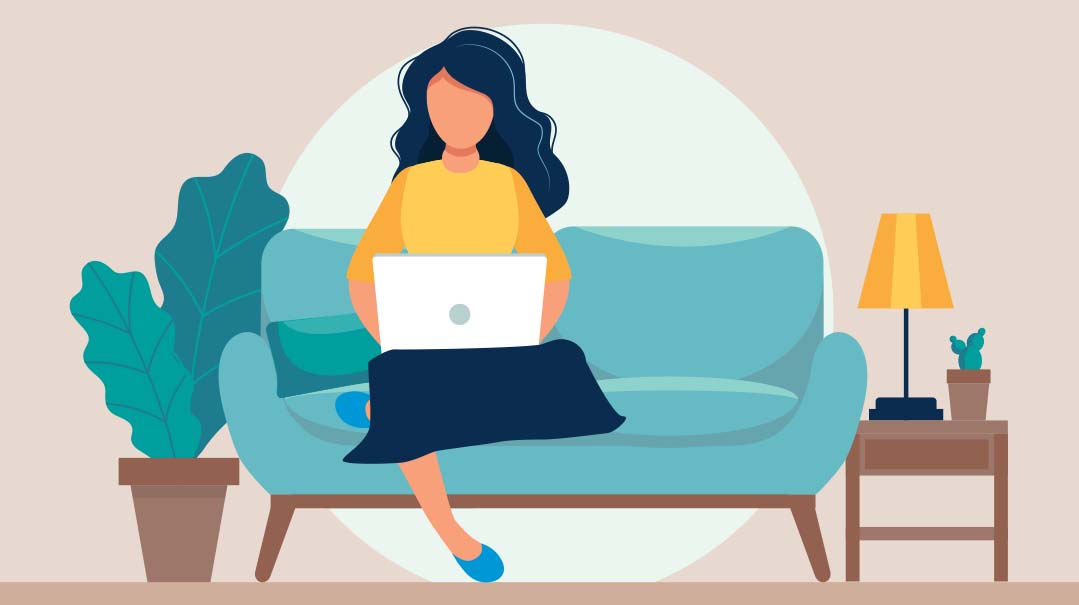
Step 2: Choose a Location
Let’s go through the pros and cons of each potential space. Although you may not come up with the perfect home-office solution, it’s important to be aware of the ramifications of the space that you choose. The pros and cons of one option usually outweigh the other options, giving you clarity in your final choice.
Your bedroom — For some this may be ideal since it remains private and out of everyone’s way. To compensate, your living room or dining room would then double as a client receiving room, and you may need to find a shelf or closet somewhere else in the house to store extra working materials. A designer could help you create the right balance here. You don’t want to force an office into your bedroom; your bedroom shouldn’t be a stressful place. Make sure it’s decorated in good taste, with pictures on the walls, plants, or whatever will make you feel relaxed and happy. And be sure you enjoy your work before trying out this option, because there’s no escaping work once it’s there! If your job leaves you feeling stressed, you’d be better off housing it somewhere else.
The kitchen — This could be the very worst location, ruining all your papers and technology with crumbs and spills — or has the potential to be the very best location for your home office by utilizing your existing kitchen cabinetry and promoting the ever-popular multitasking mom. Hide your printer in a deep “pantry” along with your filing box, and store your laptop in a drawer under your breakfast bar. If you’re the clean and organized type, you can work well in your kitchen. If you’re not, I’d avoid this option.
The guest room — Rarely used, this is usually a well-kept room, so it’s appropriate to host clients there. It’s usually available to work in and has some extra storage space for office supplies. However, if guests visit often, and you’re going to have to move out on a regular basis, I’d be wary about using this room as your office. A possible solution could be to square off a section in the guest room with folding screens and use your office just while your guests are out. Another idea to make this work is to purchase a computer cart on wheels to house the computer and printer, which can be moved to set up shop somewhere else temporarily while your guests are there.
Public areas: the dining room / living room / family room — If you don’t mind being surrounded by others as you work, this may be the ideal setup for you, giving you lots of space to spread out. However, when working in public areas of the house, you risk being frequently interrupted and your supplies may be tampered with by others. To get this space to work as a home office, try installing shelves high up, with sleek bins to hide your supplies, or purchase a decorative cabinet that matches your living room decor to store your papers. A desk hiding behind doors is a big plus. You can leave your work out and ready for your next session, and at the same time closed up so no one else can touch it. Decorate your work space so that it doesn’t detract from the atmosphere of a living room.
The forgotten niche — Any unneeded closet, slanted space under the stairs, or niche in the hallway can be converted into a home office. In theory this is a great maximization of space, but in practice you need to see if the lighting, air, and elbow room are adequate for you to get your work done. A good designer or an in-depth study of Ikea’s small-space options can help you get this space to work well.
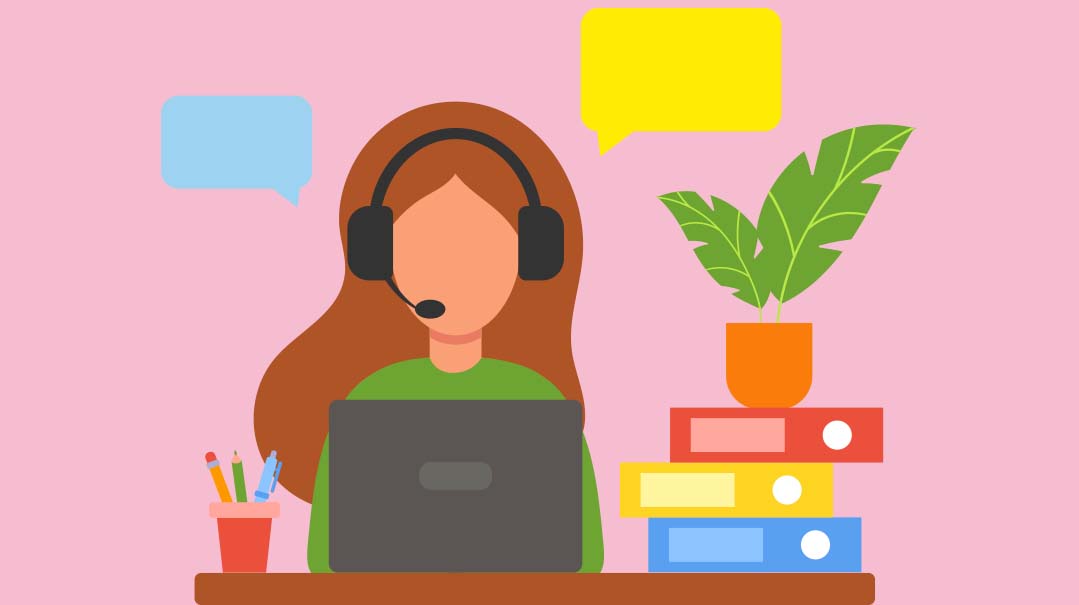
Step 3: Office Setup
If you take the time to set up your space correctly, your work space will enable you to be productive and the results will be long-lasting. Your goal is to be able to access everything you need for your job easily and quickly. Once at your desk, your efforts should exclusively be on doing your job well and not on finding a pen or accessing your notebook. How do we do this?
Declutter — Anywhere! You don’t have to necessarily begin to create space in the location where you plan to be sitting and working. Any area that you clear up in your home will give you more physical space to work with, not to mention brain space. If you clear out old hand-me-downs from the top of a closet in a bedroom, now you have room to put the old files and papers you need to save, and you can clear out your desk space for more frequently used items. Declutter your basement so you’ll have more storage space available to transfer unused items in your home down there. Donate some hardly read seforim to a local yeshivah or shul. Maybe you can open up an entire shelf for this year’s office papers. A decluttered home is a crucial part of the setup process, providing you with the flexibility you need to set up your home office in any part of the house.
Make it user-friendly — It’s not just enough to declutter; your work space needs to operate smoothly. If your printer is covered in papers and you have to unearth it and plug it in to use, or if you have to stand on your tiptoes to return a book to the shelf, or if your drawer is constantly stuck and needs two hands to yank open, your home office will not be a productive place. It should take one to two easy motions to reach everything you need. Count how many motions it takes for you to find a working pen, set up your laptop, or reach the important document you’re looking for, and then make the appropriate changes to your setup. It’s my firm belief that we’re not lazy people, we just have to set up our work space in a more motion-minded way to ensure things can be easily used and easily returned.
Create a filing system — There is no longer a reason to be swamped with papers. Keep a hard copy of the bare minimum for your current projects or high-priority papers and use technology as your filing cabinet for the rest. Back up your files on flash drives every few months, or try Evernote, Google, or one of the dozens of other online programs designed for filing. Even just simple scanning and filing is a superior option to the classic filing cabinet. To keep random papers and sticky notes to a minimum, I recommend recording dates and phone numbers in your calendar or information center as soon as they come in and consulting your accountant to find out what you can regularly trash.
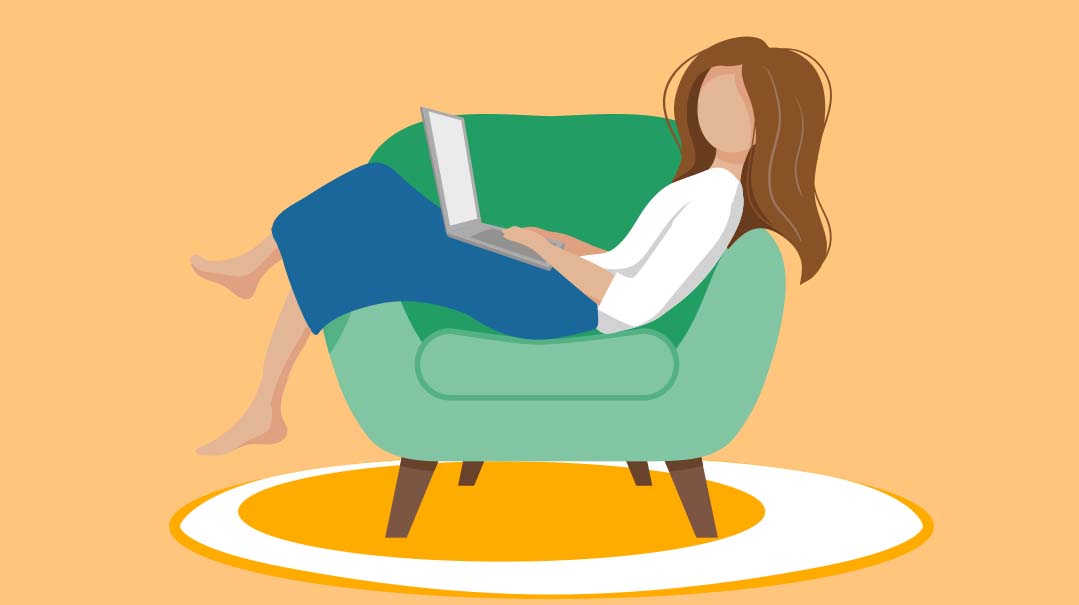
Office must-haves
Precisely what you’ll need depends on your line of work, your space, and the room decor, but here are some details not to be overlooked
Vertical filing boxes — You need a minimum of two of these for active papers. One for to do now and one for recent important papers. These can either sit on your desk, on the shelf above your desk, in a kitchen cabinet, in a bedroom closet, or in a living room bookcase. Depending on the location, you can get the standard plastic or metal ones from an office supply store. If you’re working in your living room or bedroom, I’d go with leather bound or wooden ones.
Charging station — for your laptop, Wi-Fi router, phone, and whatever else that needs to be plugged in. After choosing your office location, invest in outlets and connections, moving them to the most user-friendly spot in your work space. If you have the opportunity, you can even hide your charging station inside a cabinet or drawer.
Cable ties or clamps — a must to keep the mess of wires under control, especially when in the living room or bedroom. Look out for desks with features that hide your cables as well.
Desk or drawer organizer — Have only what you need handy. If you don’t need Scotch Tape and paperclips, then don’t keep any. Keep your small supplies to a minimum and purchase either a desk caddy or an office-supply tray for your drawer to contain these small items. If this will be seen, splurge on the nicest one.
One shelf near your desk — this can be a shelf in the bookcase, a cabinet in the kitchen, or a shelf above your desk to house the information and items you need for your current projects.
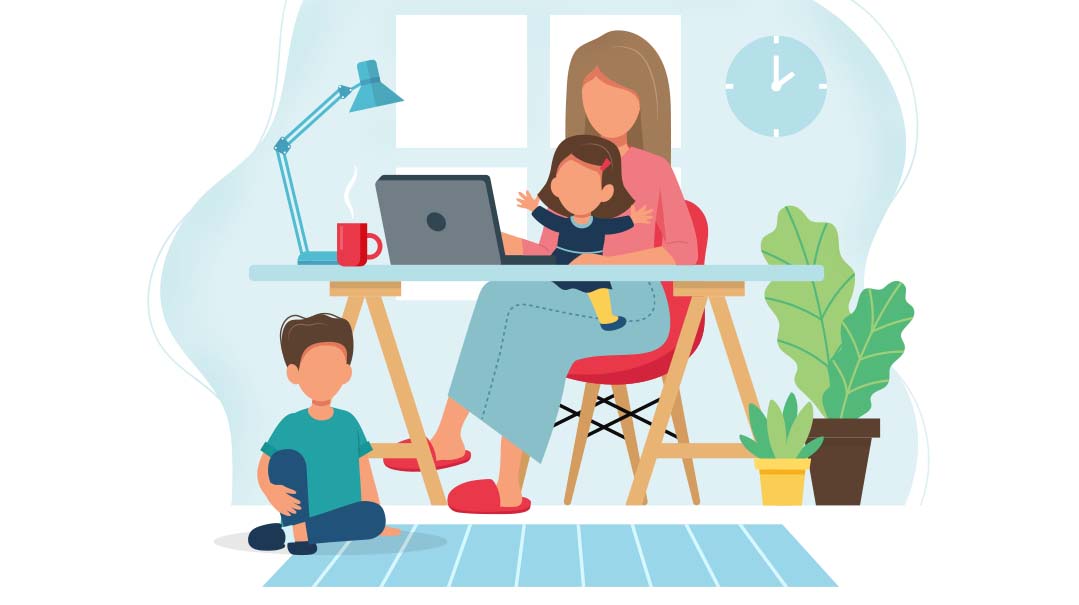
Solve My Home Office Dilemma
Problem: I make a lot of Zoom calls and don’t want the people on the call to see “last night’s dishes” as the background. Virtual backgrounds don’t seem to be a reliable solution. What can I do to block out the mess?
Solution: If you’re tired of having half your body disappear into your virtual background, get a foldable “mechitzah” or folding panel, you can quickly and easily unfold behind you before your Zoom meeting begins.
Problem: I make a lot of calls to high-profile clients. How can I soundproof my work area — hearing my kids bicker over the Lego isn’t so great for my image.
Solution: Aside from opening up your walls and filling them with fiberglass, the best option is to fasten sound-absorbing tiles or materials to your walls. You can turn this into a beautiful design feature with the various shapes, colors, and sizes of acoustic foam panels on the market. Wall carpeting is another nice option. If it’s feasible, you may want to swap out your standard door for a soundproof one.
Problem: I need excellent lighting for my work, and we live in a basement apartment. How can I figure out the best lighting option for me?
Solution: Get your hands on a light meter or download a free light meter app onto your phone. Place it on your desk and a few other surfaces in the room and measure the amount of light. The correct meter reading for an office is between 400 and 600 lux or 40 and 60 FC (foot candles). Then make an appointment at a customer-friendly lighting store. Don’t simply drop by — an appointment will ensure you get the attention you need to figure out the lighting needs for your room. Bring a sketch of your room with the dimensions plus the reading on your light meter. This is enough information for a good lighting store to provide you with the correct lighting solution.
You’re looking for soft general strong light, no spots, and no concentrated light, especially not behind you, because this can cause a glare on your computer screen. You want only wide angles or panel lights spread evenly around the room. Windows behind a computer cause glare, so make sure your window has curtains or blinds.
Problem: In theory I love the idea of working at home, but realistically I’m always getting distracted. Whether it’s the washing machine beeping, a child nagging, or the phone ringing, there are tens of things pulling me away from my desk. How can I minimize the endless distractions and stay focused so I can enjoy the benefits of working at home?
Solution: You don’t need me to tell you to turn off the notifications on your phone, close your door, and get a babysitter. That’s obvious. I think a more systemic solution to avoid distractions is to put your mind at rest by becoming keenly aware of what distracts you and creating set times for those activities so that you can calmly push them off during work hours. Keep a log of what interrupts your work and then plug those activities into your daily planner at other realistic times. If you plan to throw in a load in the evening, return phone calls in the afternoon, and do homework with your child after supper, you won’t feel the pressure to take care of these things during work hours.
Home Office Don’ts
Half the productivity battle is won if you avoid bad practices. Here are some things you want to avoid:
Don’t work in bed or on the couch, you’ll be less energetic.
Don’t overstock on office supplies, you don’t need so much.
Don’t sit all day; make sure to take a stretch or walking break.
Don’t be stingy; invest in home office needs and decor that make you happy.
Don’t work at a messy desk; declutter it daily.
Don’t work in your pajamas.
Don’t hunch over your computer; make sure you have an ergonomic chair.
Don’t eat or drink over your computer (keyboards don’t appreciate coffee the way humans do).
Yael Wiesner, author of How Does SHE Manage?(Feldheim), works as an interior designer and professional organizer around Israel. She has transformed thousands of busy households into beautiful and thriving environments.
(Originally featured in Family First, Issue 780)
Oops! We could not locate your form.






